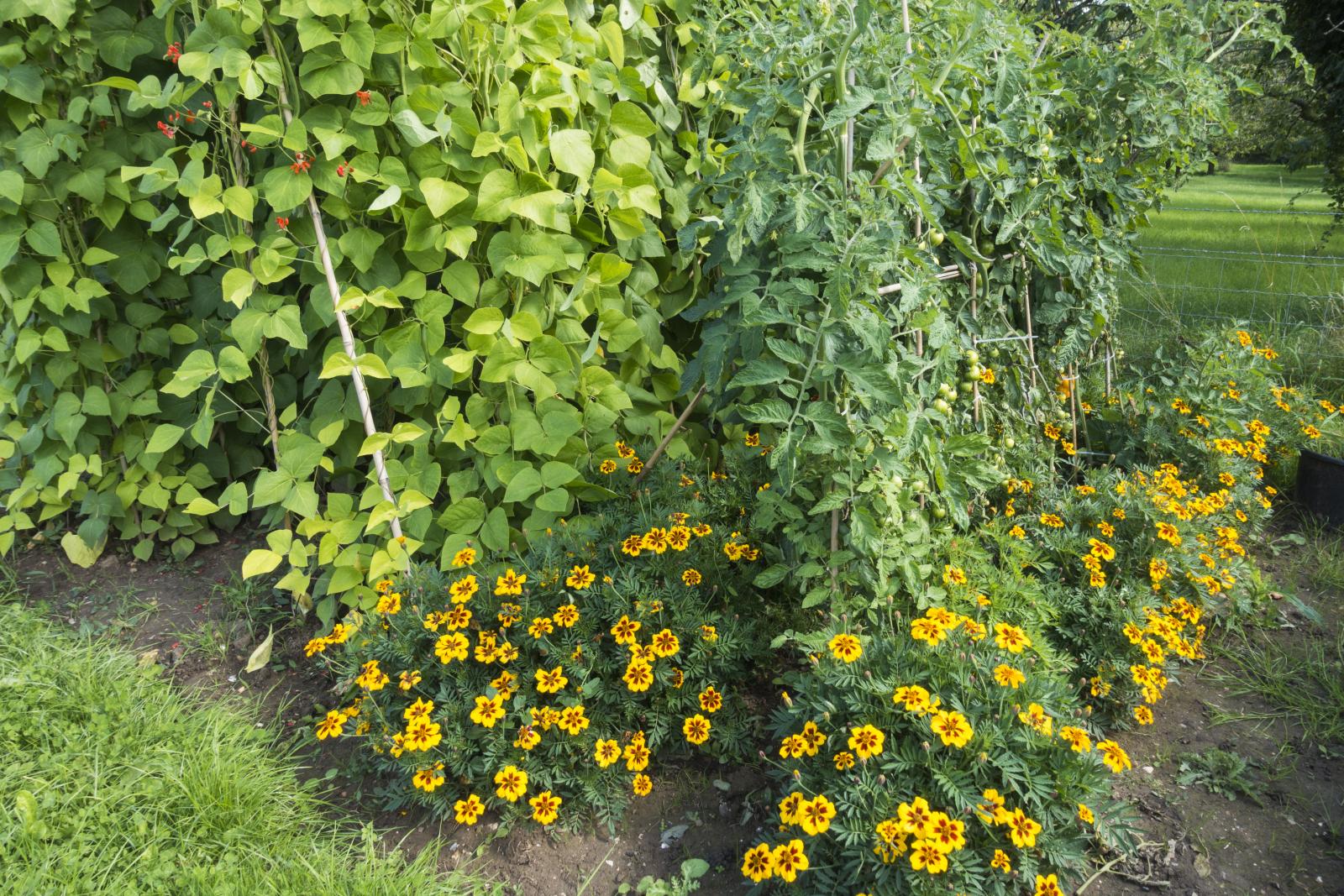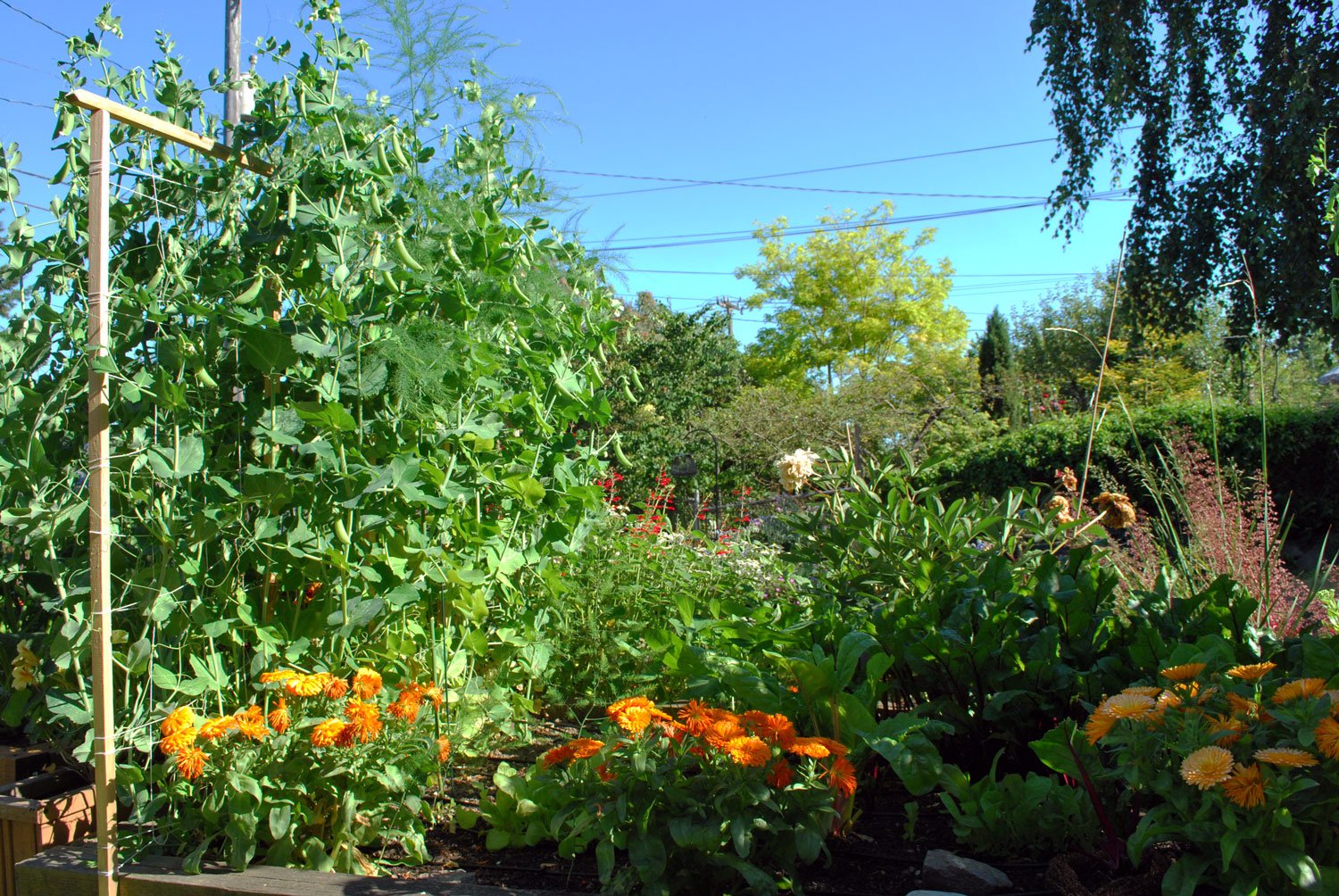Calendula: The Versatile Companion Plant That Will
Calendula: The Versatile Companion Plant That Will
Introduction
Calendula is a beautiful, easy-to-grow flower that has a long history of use in gardens and as a medicinal herb. It is also a valuable companion plant, meaning that it can benefit other plants in the garden by attracting beneficial insects, repelling pests, and improving soil health.
In this blog post, we will explore the many benefits of calendula as a companion plant. We will also discuss how to choose the right type of calendula for your garden, how to plant it, and how to care for it.
Main Content
Benefits of Calendula as a Companion Plant
- Attracts beneficial insects. Calendula is a magnet for beneficial insects, such as ladybugs, hoverflies, and bees. These insects help to control pests in the garden, which can lead to healthier plants and a more abundant harvest.
- Repels pests. The strong scent of calendula can repel some common garden pests, such as aphids, spider mites, and nematodes. This can help to protect your plants from damage and keep them healthy.
- Improves soil health. Calendula is a good source of nitrogen, which can help to improve the fertility of your soil. It also helps to suppress weeds and diseases.
How to Choose the Right Type of Calendula
There are many different types of calendula available, so it is important to choose the right one for your garden. Some factors to consider include the color of the flowers, the height of the plant, and the climate in your area.
If you are looking for a tall, showy flower, you might choose Calendula officinalis. This type of calendula can grow up to 3 feet tall and has bright orange or yellow flowers. If you are looking for a shorter, more compact plant, you might choose Calendula microcarpa. This type of calendula only grows about 1 foot tall and has smaller, pale yellow flowers.
How to Plant Calendula
Calendula is a relatively easy plant to grow. It can be planted in spring or fall, and it prefers full sun. The soil should be well-drained, but calendula is not too fussy about the type of soil.
To plant calendula, simply sow the seeds about 1/2 inch deep in the soil. The seeds should germinate in about 1-2 weeks. Once the seedlings have emerged, thin them to about 6 inches apart.
How to Care for Calendula
Calendula is a low-maintenance plant. It does not need a lot of water, and it is relatively resistant to pests and diseases. However, it is a good idea to deadhead the flowers regularly to encourage new blooms.
Calendula can be harvested throughout the summer. The flowers can be used fresh or dried. They can also be used to make infused oils, salves, and teas.
Conclusion
Calendula is a versatile and beneficial plant that can be enjoyed in many ways. It is a valuable companion plant that can help to improve the health of your garden. If you are looking for a beautiful, easy-to-grow plant that has many practical uses, calendula is a great choice.
Calendula, also known as pot marigold, is a beautiful and versatile flower that has many benefits for the garden. It is a great companion plant for a variety of vegetables, including tomatoes, carrots, and asparagus. Calendula helps to attract beneficial insects, such as ladybugs and hoverflies, which prey on pests. It also helps to repel unwanted pests, such as aphids and nematodes.
In addition to its pest-repelling and insect-attracting properties, calendula also has medicinal uses. The flowers can be used to make a tea that is helpful for treating wounds and skin irritations. The petals can also be used to make a salve that can be applied to burns and bruises.
If you are looking for a way to improve your garden's health and productivity, consider adding calendula as a companion plant. For more information about how to grow and use calendula, visit Gardenia Inspiration.
FAQ of calendula as a companion plant
Q: What are some good companion plants for calendula?
A: Calendula is a good companion plant for many other plants, including:
- Cucumbers: Calendula helps to repel cucumber beetles and other pests.
- Tomatoes: Calendula helps to attract pollinators and improve the flavor of tomatoes.
- Peas: Calendula helps to deter aphids and other pests.
- Carrots: Calendula helps to improve the flavor of carrots.
- Asparagus: Calendula helps to repel asparagus beetles.
Q: What are some of the benefits of planting calendula as a companion plant?
A: There are many benefits to planting calendula as a companion plant, including:
- Attracts pollinators: Calendula is a bright, attractive flower that attracts pollinators such as bees and butterflies. These pollinators help to pollinate other plants in the garden, which can lead to increased yields.
- Repels pests: Calendula has insecticidal properties that can help to repel pests such as aphids, beetles, and spider mites.
- Improves soil health: Calendula is a nitrogen-fixing plant, which means that it helps to improve the nitrogen content of the soil. This can benefit other plants in the garden.
- Discourages damping off: Calendula has antifungal properties that can help to discourage damping off, a fungal disease that can affect seedlings.
Q: How do I plant calendula as a companion plant?
A: To plant calendula as a companion plant, simply plant it near the other plants that you want to benefit from its presence. Calendula is a relatively easy plant to grow, and it does not require much care.
Q: What are some common mistakes to avoid when planting calendula as a companion plant?
A: There are a few common mistakes to avoid when planting calendula as a companion plant, including:
- Planting it in the wrong location: Calendula prefers full sun, so avoid planting it in a shady location.
- Not watering it enough: Calendula needs regular watering, especially during the first few weeks after planting.
- Not deadheading the flowers: Calendula will continue to flower if you deadhead the spent flowers. This will help to keep the plant looking its best and encourage more blooms.
Image of calendula as a companion plant
- Calendula and tomatoes: Calendula can help to deter pests from tomatoes, such as aphids, whiteflies, and spider mites. It can also help to improve the flavor of tomatoes.

- Calendula and cucumbers: Calendula can help to repel cucumber beetles and other pests from cucumbers. It can also help to improve the pollination of cucumbers.

- Calendula and carrots: Calendula can help to repel carrot flies from carrots. It can also help to improve the flavor of carrots.

- Calendula and peas: Calendula can help to deter aphids and other pests from peas. It can also help to improve the pollination of peas.

- Calendula and asparagus: Calendula can help to deter asparagus beetles from asparagus. It can also help to improve the flavor of asparagus.

Post a Comment for "Calendula: The Versatile Companion Plant That Will"